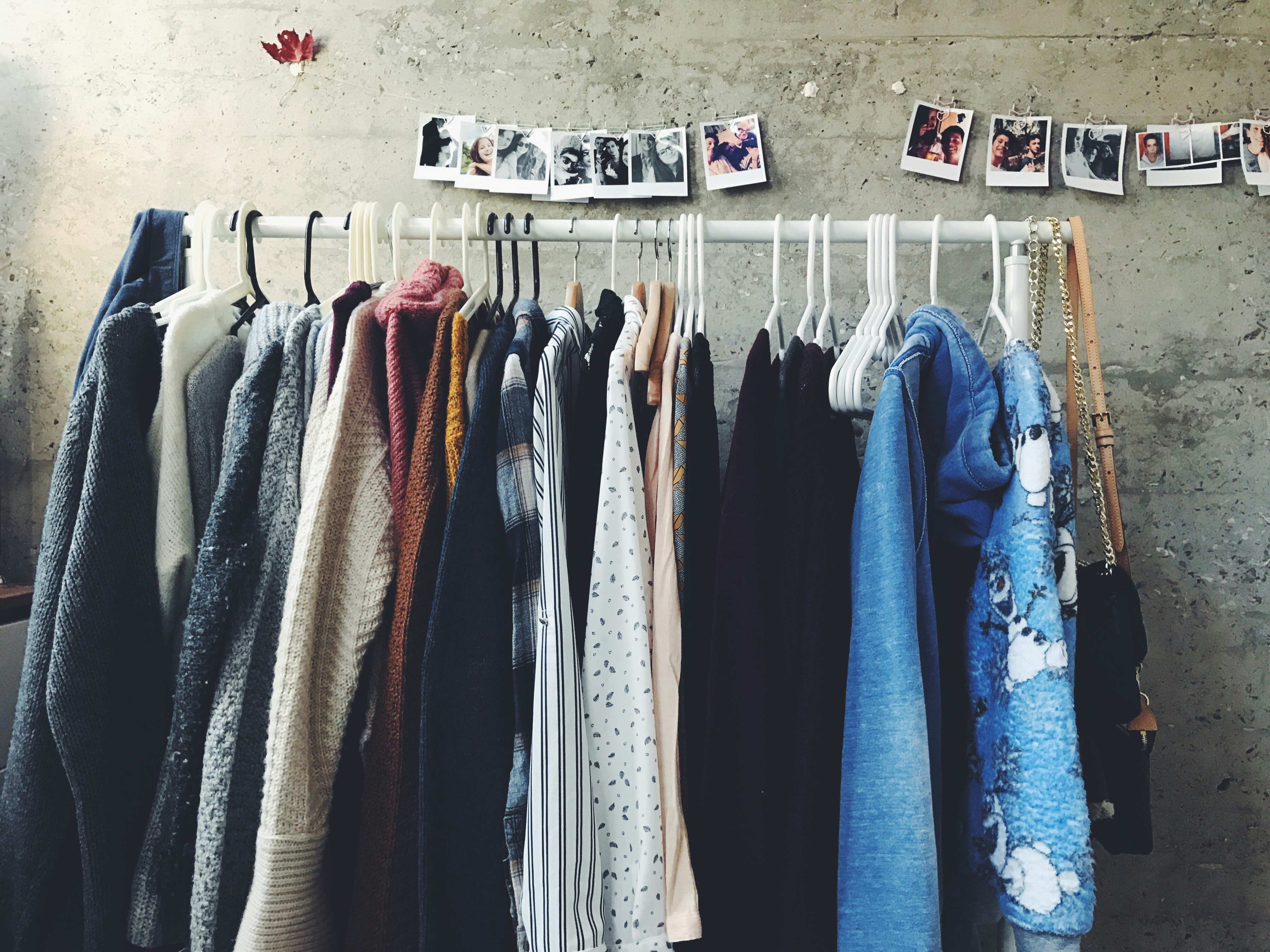Maximalism: The Bold Return of Excess in Fashion
Farewell, minimalism—the fashion world is embracing a vibrant resurgence of maximalism. This audacious trend celebrates excess, clashing patterns, and unapologetic self-expression. As we dive into the realm of more-is-more, discover how this exuberant style is reshaping wardrobes, influencing designer collections, and challenging long-held notions of restraint in personal aesthetics.

Historical Context of Maximalism
While maximalism may seem like a modern phenomenon, its roots trace back to various historical periods. The opulent fashions of the Baroque era, with their elaborate embroideries and rich fabrics, exemplify early maximalist tendencies. The 1980s saw a resurgence of maximalist style, characterized by power dressing and flamboyant accessories. Today’s maximalism draws inspiration from these historical precedents while incorporating contemporary elements and a fresh perspective on excess.
Key Elements of Maximalist Fashion
Maximalist fashion is characterized by several distinct elements that set it apart from more restrained styles:
-
Pattern Mixing: Combining multiple patterns in a single outfit, such as florals with stripes or animal prints with geometric designs.
-
Color Clashing: Pairing unexpected color combinations for a bold, eye-catching effect.
-
Layering: Stacking multiple pieces of clothing and accessories to create depth and visual interest.
-
Statement Accessories: Incorporating oversized jewelry, dramatic hats, or unique handbags to elevate an ensemble.
-
Texture Play: Mixing different fabric textures like silk, velvet, and leather to add tactile dimension to outfits.
Maximalism in Designer Collections
High-end fashion houses have embraced maximalism with enthusiasm, showcasing extravagant designs on runways worldwide. Brands like Gucci, under the creative direction of Alessandro Michele, have become synonymous with the maximalist aesthetic, featuring eclectic combinations of patterns, colors, and accessories. Other designers, such as Dolce & Gabbana and Marc Jacobs, have also incorporated maximalist elements into their collections, pushing the boundaries of conventional fashion norms.
Styling Maximalist Looks
Creating a successful maximalist outfit requires a delicate balance between boldness and cohesion. While the goal is to embrace excess, it’s essential to maintain a sense of intentionality in your styling choices. Start by selecting a focal point for your outfit, such as a brightly patterned dress or a statement jacket, and build around it. Layer complementary pieces that add depth and interest without overwhelming the overall look. Don’t be afraid to mix high and low fashion items to create a unique, personalized ensemble.
The Psychology of Maximalism
The rise of maximalism in fashion reflects broader societal shifts and psychological factors. In an era of economic uncertainty and global challenges, maximalist fashion offers a form of escapism and self-expression. Wearing bold, attention-grabbing outfits can boost confidence and serve as a form of armor against the outside world. Additionally, the maximalist approach aligns with the concept of dopamine dressing—the idea that wearing vibrant, joyful clothing can positively impact mood and well-being.
Maximalism and Sustainability
While maximalism may seem at odds with sustainable fashion practices, there are ways to embrace this trend responsibly. Vintage and second-hand shopping can be excellent sources for unique, maximalist pieces without contributing to fast fashion waste. Additionally, the emphasis on individual style and mix-and-match approach can encourage consumers to create new looks from existing wardrobe items, reducing the need for constant new purchases.
The Future of Maximalist Fashion
As the fashion industry continues to evolve, maximalism is likely to remain a significant influence. However, its expression may shift and adapt to changing cultural contexts. We may see a fusion of maximalist aesthetics with emerging technologies, such as digital fashion and augmented reality clothing. The trend’s emphasis on personal expression and creativity suggests that it will continue to resonate with consumers seeking to make bold statements through their style choices.
Mastering the Art of Maximalism: Expert Tips
-
Start Small: Begin with one statement piece and gradually build your maximalist wardrobe.
-
Balance is Key: Pair loud patterns with solid colors to create visual harmony.
-
Accessorize Thoughtfully: Use accessories to tie together different elements of your outfit.
-
Experiment with Proportions: Mix oversized pieces with fitted items for a dynamic silhouette.
-
Embrace Imperfection: The beauty of maximalism lies in its eclectic, sometimes chaotic nature.
-
Color Coordination: Use a color wheel to find complementary hues for unexpected pairings.
-
Thrift and Vintage Shop: Discover unique pieces that add character to your maximalist looks.
-
Layer Strategically: Create depth by layering different lengths, textures, and weights.
As maximalism continues to gain momentum in the fashion world, it offers a refreshing antidote to the minimalist aesthetic that has long dominated style trends. This bold approach to dressing encourages individuality, creativity, and joy in personal expression. By embracing the principles of maximalism, fashion enthusiasts can create truly unique and memorable looks that reflect their personalities and stand out in a sea of sartorial sameness. As we move forward, the maximalist movement promises to keep pushing boundaries, inspiring innovation, and celebrating the transformative power of fashion.





